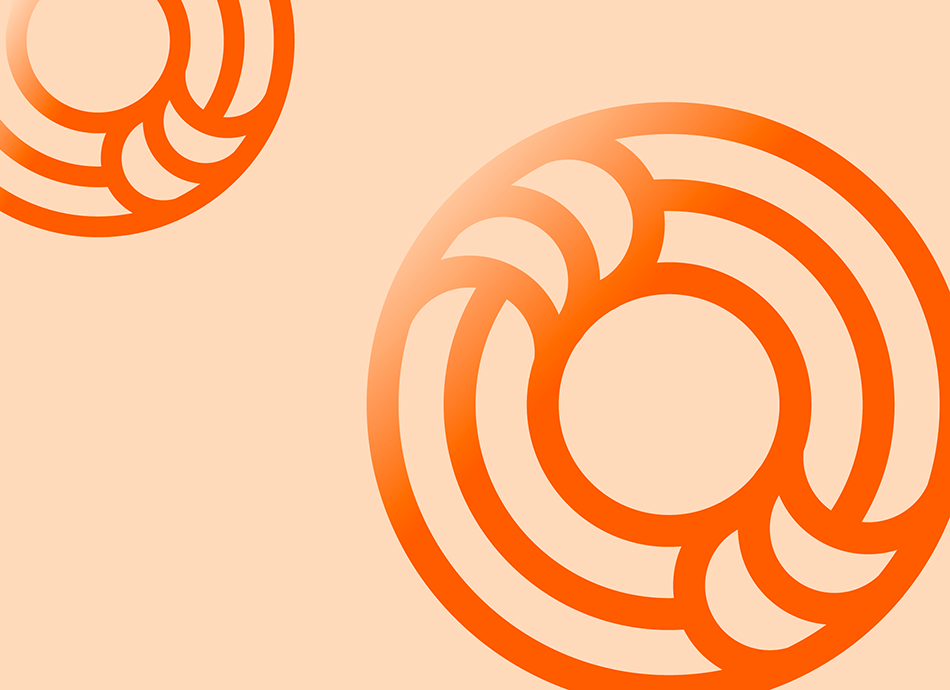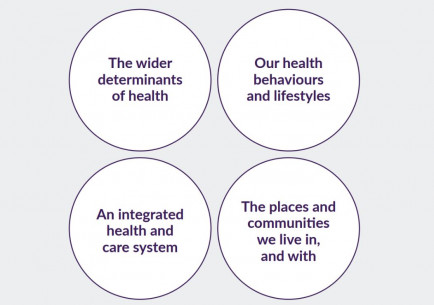Population health is a new concept aimed at preventing illness and improving the health and wellbeing of local communities. It considers all aspects of health, such as physical, mental and emotional wellbeing, as well as social aspects, including education, employment, housing and more.
There are several definitions of population health from different organisations. The King's Fund, UK defines it as:
"An approach aimed at improving the health of an entire population. It is about improving the physical and mental health outcomes and wellbeing of people within and across a defined local, regional or national population, while reducing health inequalities. It includes action to reduce the occurrence of ill health, action to deliver appropriate health and care services and action on the wider determinants of health. It requires working with communities and partner agencies."
This definition comes from the Centers for Disease Control and Prevention, US:
"An interdisciplinary, customisable approach that allows health departments to connect practice to policy for change to happen locally. This approach utilises non-traditional partnerships among different sectors of the community – public health, industry, academia, healthcare, local government entities, etc. – to achieve positive health outcomes. Population health brings significant health concerns into focus and addresses ways that resources can be allocated to overcome the problems that drive poor health conditions in the population.”
Video: What is population health?
The video below from The King's Fund, UK explains what population health is and how taking a population health approach could improve the health of local communities.
(The King's Fund, UK, 2019)





